Policy: Avian patient euthanasia
Policy type: Policy
Reference: 16a
Status: Current
Date ratified: September 2017
Policy
Veterinarians have a responsibility to ensure that when they perform euthanasia, it is done with respect and an emphasis on making the death as painless and distress free as possible. For the purposes of this policy, euthanasia will be taken to mean the act of ending a bird’s life by a method that causes no pain or distress to the animal.
Guidelines
- Veterinarians performing euthanasia should adhere to the legal requirements and ethical responsibilities involved. This includes correctly identifying the animal, obtaining consent from the owner of the animal, or establishing the authority of an agent in lieu of an owner. If no owner or agent can be identified, then the veterinarian should decide to euthanase if it is in the animal’s best interest.
- Proper handling and restraint of the animal should occur to minimise pain and distress prior to and during the procedure. Persons performing the procedure should be proficient in current techniques needed to humanely restrain and euthanise the animal. Sedatives and anaesthetics should be used prior to the lethal injection.
- If the veterinarian is presented with a native or protected bird that is injured or sick, DOC should be contacted before proceeding with euthanasia. If injury or sickness is severe and welfare is compromised, the veterinarian may euthanase without involving another authority.
- Euthanasia should be performed with one of the following recommended methods:
- Intravenous injection of an overdose of barbiturate.
- Intracelomic, intracardiac or intraosseous administration of barbiturate.
- Injectable or inhalant anaesthetic overdose.
- Cervical dislocation or decapitation.
- Euthanasia methods that are NOT accepted include:
- Subcutaneous, intramuscular, intrapulmonary, and intrathecal routes of administration.
- Poisoning via household chemicals, disinfectants, cleaning agents, and pesticides.
- Hypothermia, drowning, asphyxia, decapitation, thoracic compression, throat cut and sticking.
- Proper disposal of the body should occur; cremation or deep burial away from waterways will ensure no secondary poisoning from the chemicals left in the body will occur.
Related pages and resources
Policy: Euthanasia of Avian Patients
Member Technical Note: Avian patient euthanasia
NZVA Guidance: Emergency euthanasia of non-client animals
Clinical resources:
Wildlife and avian
